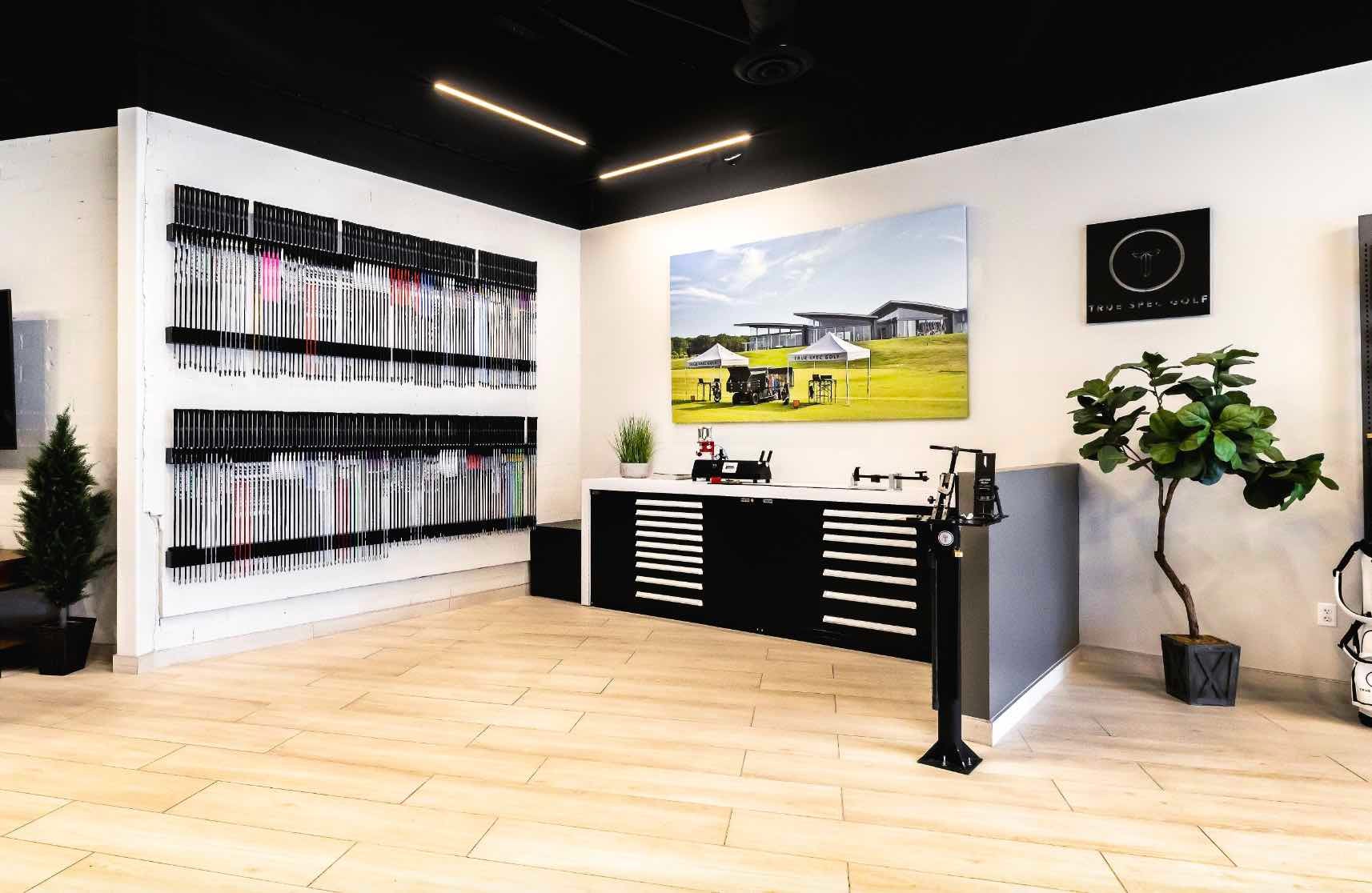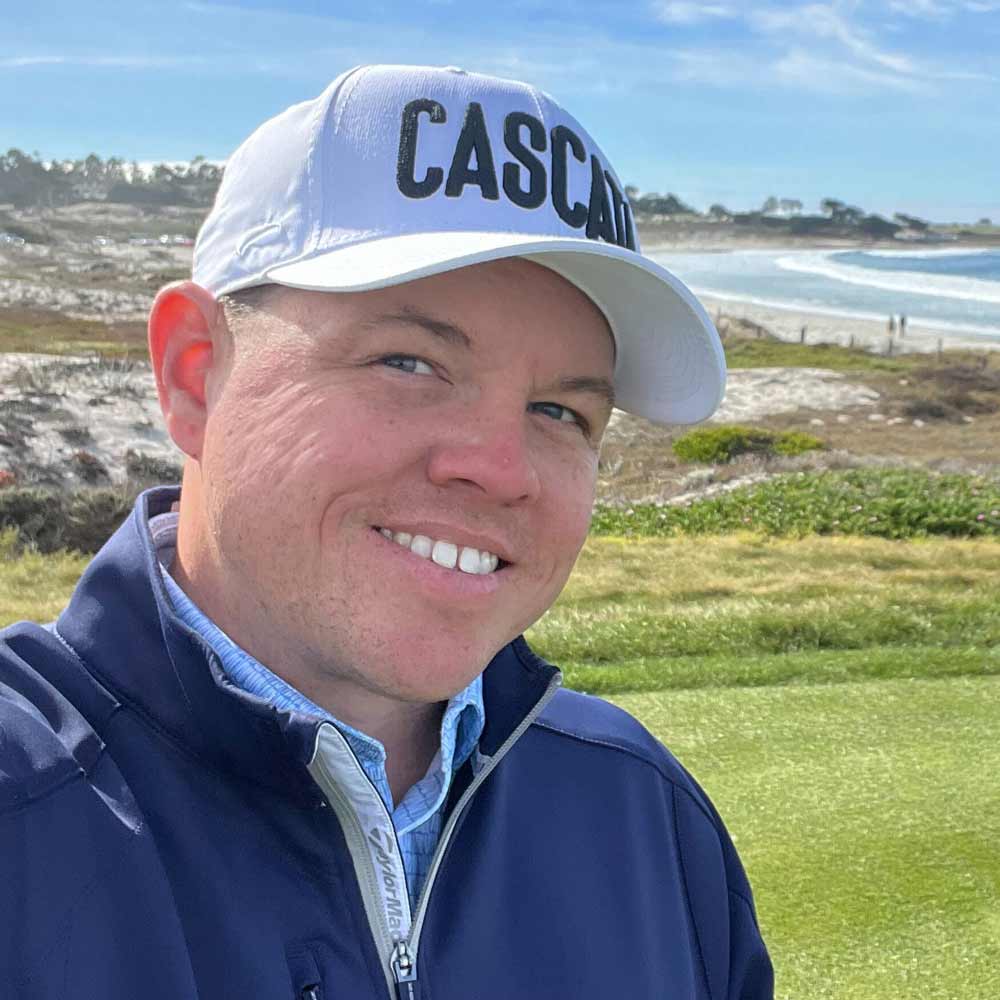Kris McCormack
Lie angles matter. Here’s why.
GOLF Team
When it comes to dialing in your clubs, what lie angle you play might not get as much love as loft or shaft flex, but it should. Getting your lie angle right isn’t just a “nice to have” for better players. It’s a game-changer for all abilities — from weekend warriors to aspiring professionals. Let’s break it down.
What is a lie angle?
The lie angle is the angle between the shaft and the ground when the club head sits in its normal playing position at address. If the toe of your club is sticking up at address or impact, your lie angle could be too upright. If the toe is drooping and digging, your angle could be too flat.
By:
Zephyr Melton
Too Upright vs. Too Flat: What’s the difference?
Assuming you are a right-handed player:
Too upright? Expect shots to start left and go even farther left (hello, hooks).
Too flat? You’ll start right and stay right. Flat can also lead to toe strikes. Toe strikes don’t look good, sound good, feel good or yield good results. (High spin cuts…hard pass!)
Static vs. Dynamic lie angle: Why both matter
Now, here’s where it gets next-level: There’s an important difference between static lie angle and dynamic lie angle.
Static lie angle is what the club is designed with. It’s what you’d measure when the club is sitting motionless.
Dynamic lie angle is what actually happens at impact, i.e., while you’re in motion. And this is the angle that really matters.
Every part of your swing — how you load, release, your posture, shaft lean, tempo, even wrist angles — can affect how the club interacts with the ground. So even if your static lie angle is spot-on in a shop, your dynamic lie angle can still be way off during real swings.

True Spec Golf Club Fitting
With 70,000+ clubhead and shaft combos, True Spec Golf will custom fit and build you the most precise set of clubs you’ve ever played.
Here’s the catch: There’s NO industry standard for lie
You’d think a “standard lie angle” would be, well, standard…but it’s not. Every manufacturer has its own ideas about what a 6-iron or a PW should look like. Some run flatter, others more upright, and the differences can be huge, sometimes 2 or 3 degrees between brands.
That’s why you can’t just grab clubs off the rack and expect them to work. What’s “standard” for one company might be all wrong for you.
A professional club fitter, like those at True Spec Golf, aren’t guessing when they make a recommendation. They don’t rely on a brand’s specs; they rely on results and your data. Once they identify the correct static lie angle needed to produce your best dynamic results, they custom-build your irons and wedges to match.
The fitting connection: contact, speed, spin and more
Lie angle isn’t just about directional control, it affects your whole game. If the lie angle is off, your club face isn’t truly square at impact, and that means inconsistent contact, a loss in ball speed and unpredictable spin.
A proper lie angle gets the sole of your club interacting with the turf the way it’s designed to. That means better strikes, more consistent spin and a ball flight you can trust. Whether you’re picking it clean or taking a healthy divot, the right lie angle helps your club glide through the turf instead of digging.
Time to get dialed
If you’ve been fighting a mystery miss or wondering why your divots always look a little off, your lie angle could be the silent saboteur. Don’t guess. Don’t settle. Book a fitting with True Spec Golf and let the experts help you unlock better contact, tighter dispersion, and more confidence on every swing.
Remember, the right lie angle isn’t just a quick tweak — it’s a total upgrade.
Want to dial in your lie angles for 2025? Find a club-fitting location near you at True Spec Golf.

Kris McCormack
Golf.com Contributor
Building on a career that has spanned more than 20 years in the golf industry, McCormack has spent the last six years of his career serving as the Vice President of Tour and Education for True Spec Golf. During that time, he curated the training program for the True Spec fitting staff and pushed for more continuing education curriculum. As well as managing their Tour department and building relationships with a multitude of OEM partners. Prior to joining the True Spec team, McCormack worked with several of the industry-leading manufacturers as a Master level Fitting Professional. In addition to being an instructor and partnering with the Golf Channel Academy as a lead instructor and brand-agnostic Fitting Professional. He has also worked with R&D teams to assist in product design, testing, and development for a variety of gear releases. He is a golf enthusiast and lives in the gear space!


